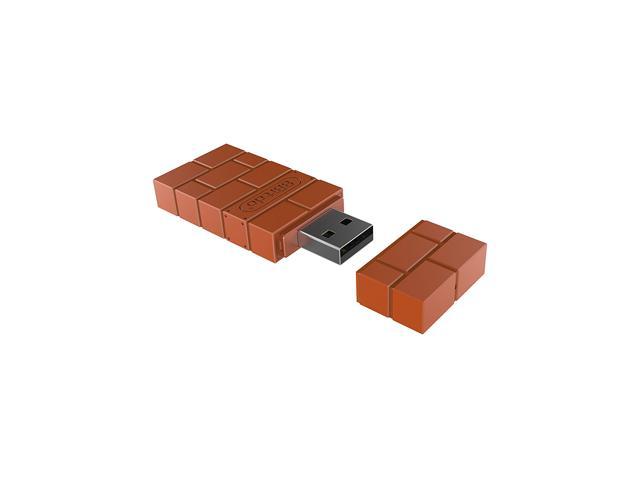

Depending on the application, these angles may be varied, but only by a color separator who knows what s/he is doing. (Even in black-and-white halftone production, a perfectly horizontal screen angle results in more of a visual discernment of the individual dots than does a 45º angle.) Therefore, yellow, which is the lightest color, is best left along one of these axes, while black, the darkest color, is best kept as far from both as possible (or 45º, the midway point between vertical and horizontal). Generally speaking, the further a separation is from either the horizontal or vertical axis, the less intrusive it tends to be.

The black separation is 45º from the horizontal, and the cyan separation is 75º from horizontal. The magenta separation is 15º from the horizontal. The screen angle of the yellow separation is 0º, or perfectly horizontal. Experience, though, has resulted in a standard set of default screen angles which work very well in a wide variety of applications. However, since there is only a total of 90º (at least for perfectly round dots) in which to rotate the screens, each screen can't be 30º from each other when printing four colors (30 x 4 = 120º). Ideally, moiré is kept minimal when screens are 30º from each other.

In order to eliminate undesirable moiré patterns when the four color separation halftones are overprinted in multi-color printing, each screen needs to be placed at a different angle, as the dots of one color interfere with those of another color, creating the distinct moiré patterns. In process color prepress and printing, the angle at which the rows of halftone dots run in relation to the horizontal.


 0 kommentar(er)
0 kommentar(er)
